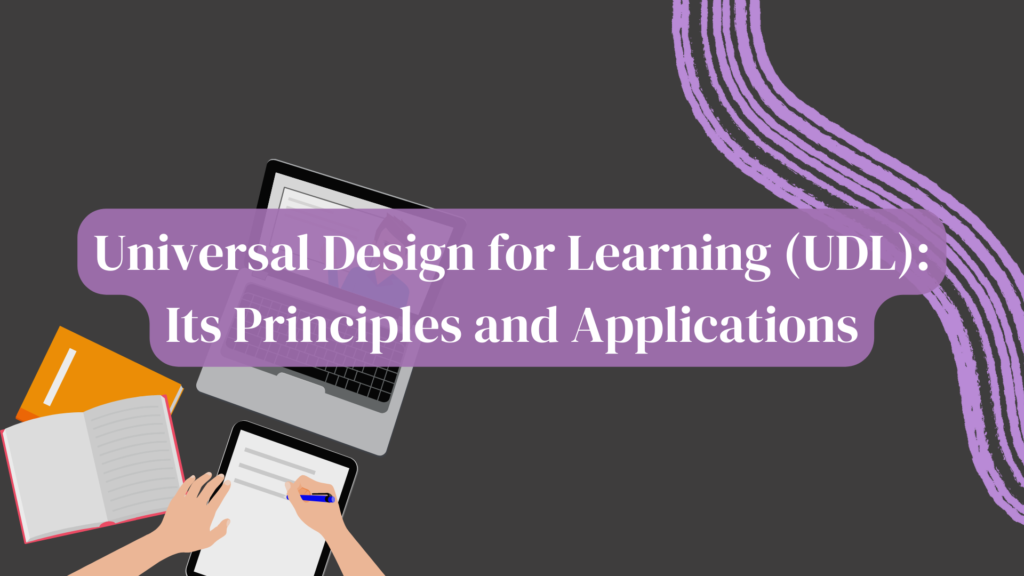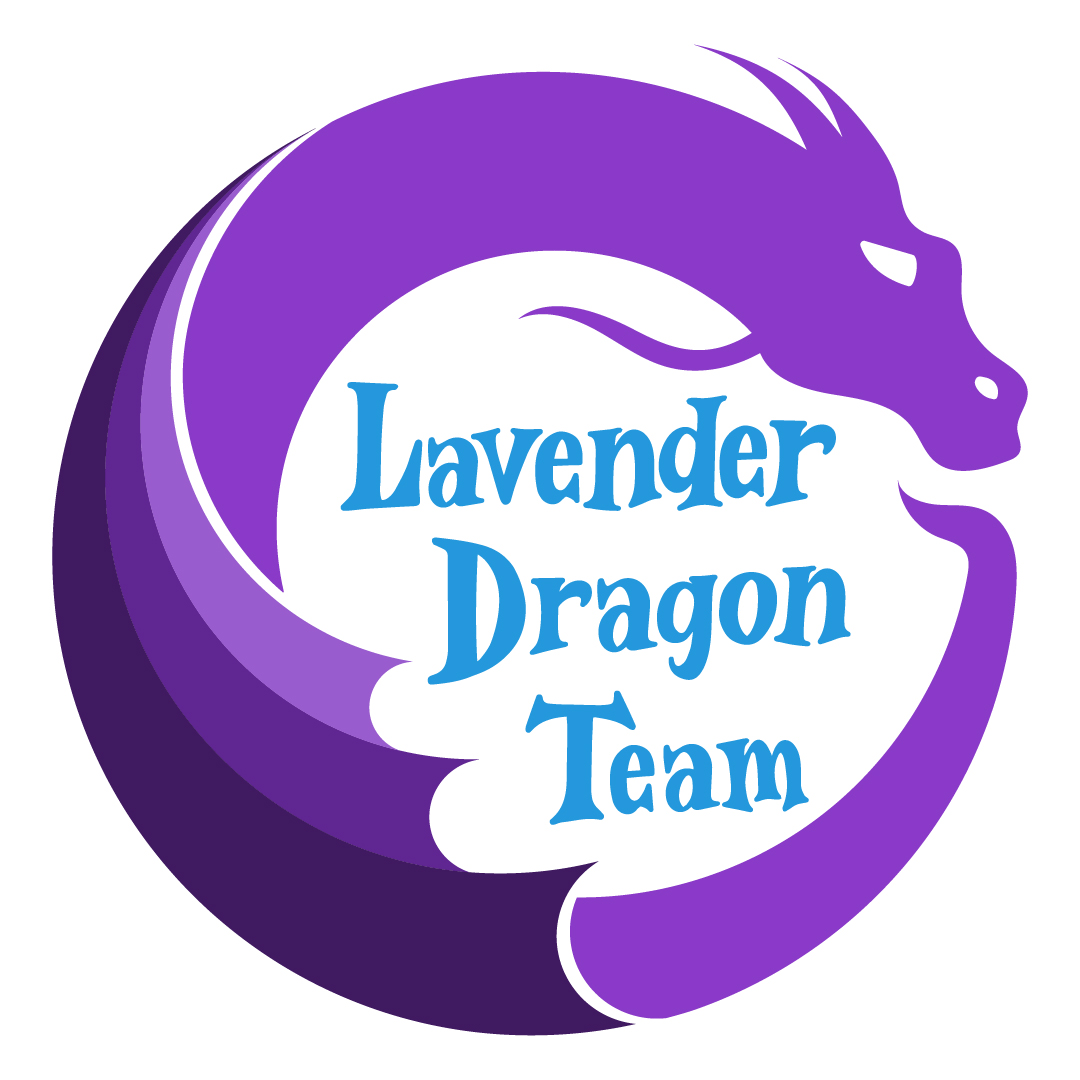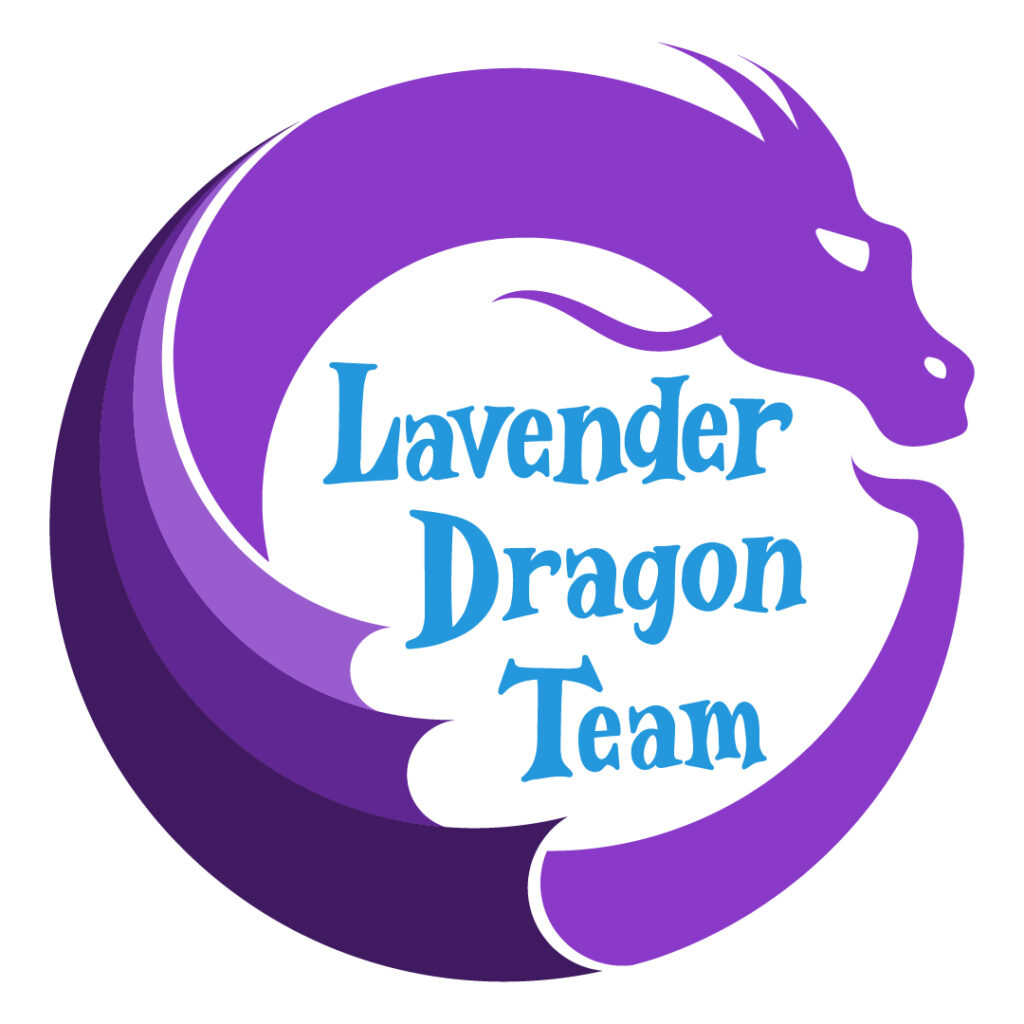
The term universal design (UD), popularized by architect Ron Mace in the 1970s, originated when State and federal laws required architectural plans for public buildings to include access for people with impairments. Correspondingly, architects integrated UD concepts into plans for public buildings. As some can observe, wheelchair ramp access into public buildings is now standard. The field of education has embraced the ideas and principles of universal design. The term Universal Design for Learning (UDL) was coined by David Rose, Anne Meyer, and colleagues at the Center for Applied Special Technology (CAST). Upon the passage of the Individuals with Disabilities Education Act (IDEA) in 1997, the concepts of UDL were formulated.
What is UDL?
A paradigm for the teaching-learning process called Universal Design for Learning (UDL) conceptualizes information through learner-centered focuses that emphasize accessibility, collaboration, and community. A shift in epistemology offered by UDL makes designing for all learners within a comprehensive framework easier. This cognitive change’s application aids in resolving important practical issues in education, especially those concerning accessibility.
UDL allows non-disabled learners to access coursework in various formats while simultaneously enabling learners with disabilities to study courses without the need for customization.
The Rationale Behind UDL
According to Rose and Meyer, the foundation of UDL is based on recently discovered knowledge on how the brain develops, how we learn, and how we use digital media. They noticed that the gap between an incredibly diverse student body and a “one-size-fits-all” program would not result in the desired educational excellence increase.
UDL proposes a plan for shattering the “one-size-fits-all” paradigm, increasing learning opportunities for all learners with learning difficulties. One of the main reasons to use UDL methods is to recognize and respond to diversity.
This kind of epistemic and priority change is becoming more and more necessary. Disparate learner populations with disabilities, linguistic and cultural hurdles, and severe skill inadequacies are challenges for teachers in distance learning and higher education.
The Three Underlying Principles of UDL
Multiple means of representation
Giving students multiple avenues to acquire information and knowledge is the main goal of this principle. This principle works by creating instructional tools that make knowledge accessible to as many diverse learners as feasible. Multiple examples give teachers in the classroom the chance to emphasize a concept’s key characteristics and set it out from others. This makes the idea more accessible to more people and encourages deeper engagement. The fundamental component of many conceptual modeling strategies is scaffolding.
With a range of backgrounds, learning preferences, and skills, information becomes more accessible to individuals by offering numerous ways to portray knowledge. Allowing the teacher’s creativity enables effective teaching methods for all learners while upholding the authenticity of a program and learning objectives.
Multiple means of action and expression
Multiple means of action and expression provide learners with different methods for demonstrating their knowledge. For the purpose of demonstrating their understanding, students must have access to alternative forms of communication. Since no single method of learner engagement will be effective for all learners, a universally designed course offers a variety of possibilities.
By giving learners freedom in how they gather information and communicate their understanding and knowledge, the educational process becomes more accessible to all learners.
Multiple means of engagement
The third principle is to take advantage of learners’ interests, constructively challenge them, and inspire them to study.
When utilizing the first two UDL principles to improve the learning process, learner engagement is frequently quantified as a secondary outcome. Teachers offer learners a variety of interesting learning resources because they understand that no one teaching strategy is effective for all learners. Furthermore, there is an increase in the learners’ intrinsic motivation when their developmental phases and understanding are taken into account and fostered through peer-mediated learning.
Application of UDL in Online Learning
Students now have access to educational possibilities as they say goodbye to the constraints of a typical brick-and-mortar classroom or workplace, thanks to convenient access to online learning platforms.
However, despite the expansion of online learning opportunities, obstacles persist, especially for those with disabilities.
Online education has made it possible to be more inclusive because of how it coincides with technological advancements. Unfortunately, there are still those learners who are left behind, despite the chances provided by online learning and new technologies.
UDL in Action
There are multiple ways instructors can incorporate activities aligned with UDL in their online courses. Here are some examples from the research of Ye He on UDL in an online teaching education course
Instruction design and delivery
- There are several communication ways, such as synchronous sessions, asynchronous conversations, weekly emails, student group collaborations, personal emails, and online meetings.
- Each week, course objectives and learning goals are made apparent.
- To enhance learning outcomes and accessibility, the course shall offer a variety of options for visual, textual, and auditory exercises.
Online organization and design
- Technical specifications were provided, and testing opportunities were made available for learners to experiment using different technology tools.
- The course addresses accessibility concerns regarding sight, mobility, hearing, and technology.
Assessment and evaluation of learning
- Several continuing self-assessments, peer-assessments, and project-based tests are available for this course.
- Through an online grade book, online discussions, and regular emails, learners will receive regular performance feedback.
Innovative teaching with technology
- Utilize different tools such as Email, Google Docs, Zoom, and Blackboard to foster online communication and learning.
- Different learning styles are supported by the design and integration of technological learning items.
- Learners were exposed to and presented with the option of using additional educational technology tools, such as LiveBinders, BookBuilder, Photo Story, VoiceThread, etc., to accomplish course activities and assignments.
References
Capp, M. J. (2017). The effectiveness of universal design for learning: A meta-analysis of literature between 2013 and 2016. International Journal of Inclusive Education, 21(8), 791–807. https://doi.org/10.1080/13603116.2017.1325074
Coy, K., Marino, M. T., & Serianni, B. (2014). Using universal design for learning in synchronous online instruction. Journal of Special Education Technology, 29(1), 63–74. https://doi.org/10.1177/016264341402900105
Dell, C. A., Dell, T., & Blackwell, T. (2015). Applying universal design for learning in online courses: pedagogical and practical considerations. The Journal of Educators Online, 12(2). https://doi.org/10.9743/jeo.2015.2.1
He, Y. (2014). Universal Design for Learning in an Online Teacher Education Course: Enhancing Learners’ Confidence to Teach Online.
King-Sears, M. (2009). Universal Design for Learning: Technology and Pedagogy. Learning Disability Quarterly, 32(4), 199–201. https://doi.org/10.2307/27740372
Rogers-Shaw, C., Carr-Chellman, D. J., & Choi, J. (2017). Universal Design for Learning: Guidelines for Accessible Online Instruction. Adult Learning, 29(1), 20–31. https://doi.org/10.1177/1045159517735530
Rose, D. (2001). Universal Design for Learning. Journal of Special Education Technology, 16(2), 66–67. https://doi.org/10.1177/016264340101600208

